Examples of Deer Damage to Trees
Deer are a common sight in Pennsylvania, and residents enjoy seeing deer. However, their presence can be a problem for homeowners, as deer cause damage to gardens and trees. Deer create different types of damage depending on their behavior in a residential area. This article will give you examples of deer damage to trees with photos to help you identify the problems.
Antler Rub
One example of deer damage to trees is antler-rub. A deer rubs their antlers on a tree because the rubbing is a form of communication. Antler-rub is a way for deer to mark territory and attract mates and is done during winter. The antlers are covered with a velvet-like substance (a soft tissue that grows from the bone) during this time, and rubbing removes the velvet to make way for a new cover in spring. In addition, bucks use their antlers to push apart tree branches as they walk through them and rub against trees to create scratch marks, called “horizontal forehead marks.” If a buck has no other way to communicate his presence in an area, he will make these marks on trees using his antlers as tools.
Below are images of what antler-rub looks like:
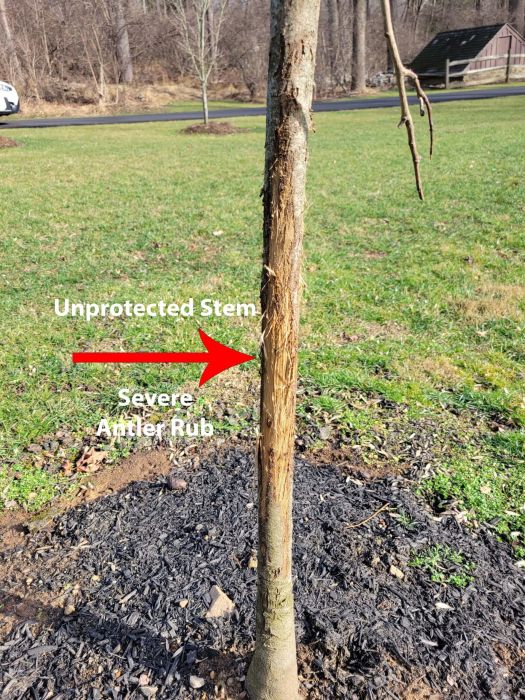
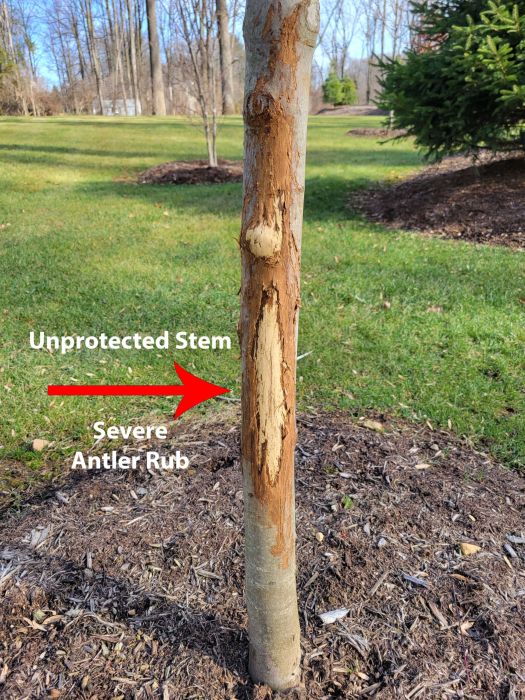
In these images, the tree bark has been scratched away due to antler-rub, leaving the stem exposed. Specifically, the cambium, the layer that resides between the inner and outer bark, is exposed after antler-rub. Cambium helps nutrients move throughout trees. So, when the layer is exposed, weather, pests, and diseases can harm the tree.
To mitigate antler-rub, we can apply a stem guard on trees. Stem guards are metal or plastic sleeves or wraps that encircle tree trunks to keep them safe from antler-rub without restricting the tree in other ways. If a deer rubs their antlers on a tree with a guard, the guard blocks the antlers from making contact with the bark, preserving the tree’s health and inner layers, as seen in the images below.
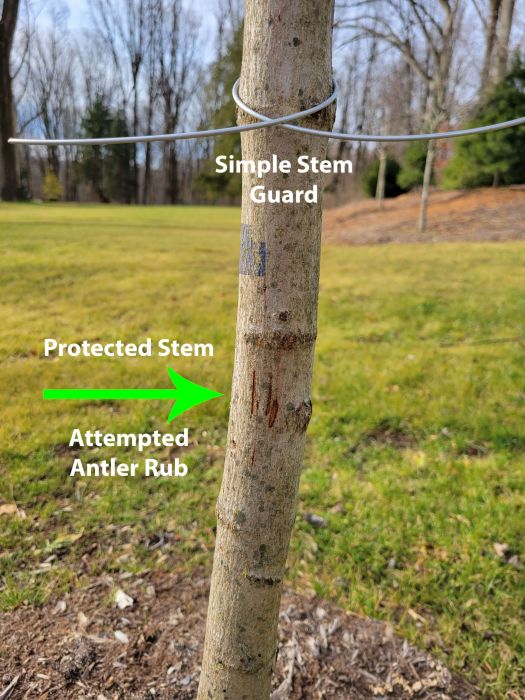
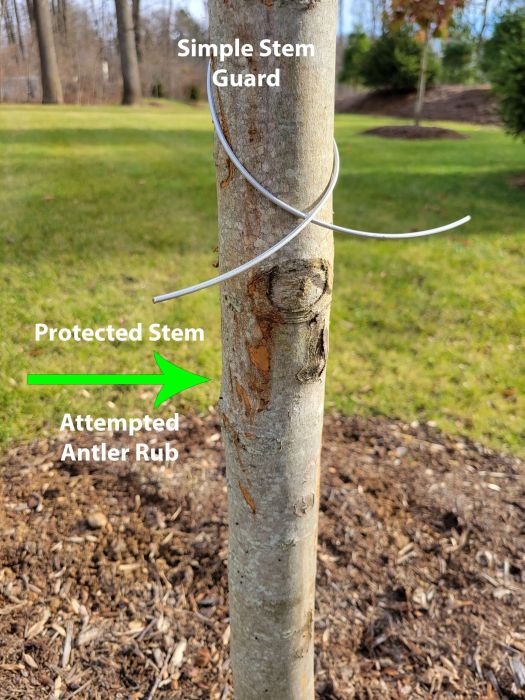
Browsing
Deer have a diverse diet and are herbivores, which means that deer damage to trees can be extensive and affect other plants in your yard. Some deer eat plants, including leaves, twigs, the bark of trees, flowers, fruits, and seeds. Their feeding habits vary depending on what is available at the time, but the damage caused is generally consistent. As deer eat plants in residential neighborhoods, they tear grass and are constantly stomping and compacting soil, looking for food. This is “browsing,” and you can see the aftermath of this behavior in the images below.
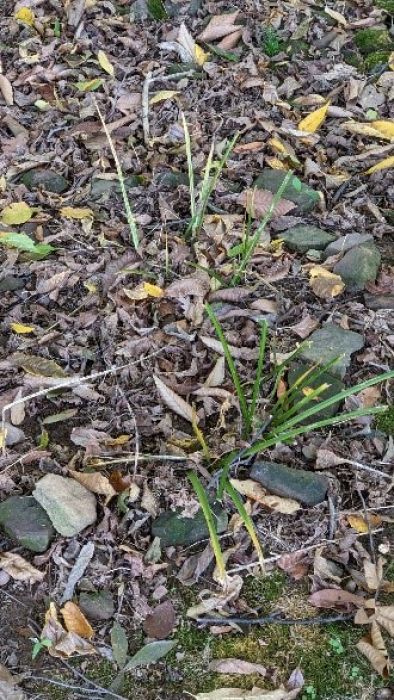
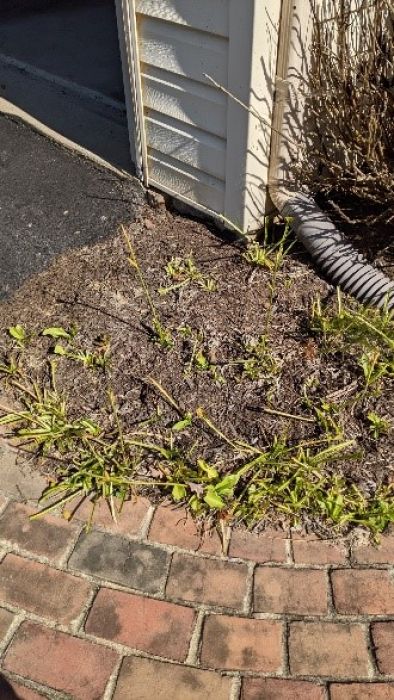
Contact Burkholder for Deer Repellent Services
If you want to prevent deer damage to trees on your property, contact Burkholder PHC. Our team has experience helping homeowners protect their yards from deer and other pests and diseases. In addition, our plant health care team is highly knowledgeable about all aspects of plant health care issues and solutions. We will work with you, inspecting your property to determine the ideal solutions to keep your plants healthy and beautiful. Contact us today to see how we can help you.

